When we bring a puppy into the house for the first time, at that moment, we start feeling so much love that we wish we would never separate from him. Although they are small and can fit in a purse, we won't always manage to be with them. Due to commitments at work, school, or trips to some other place where we cannot bring the dog, we will have to teach it to be alone for a few hours.
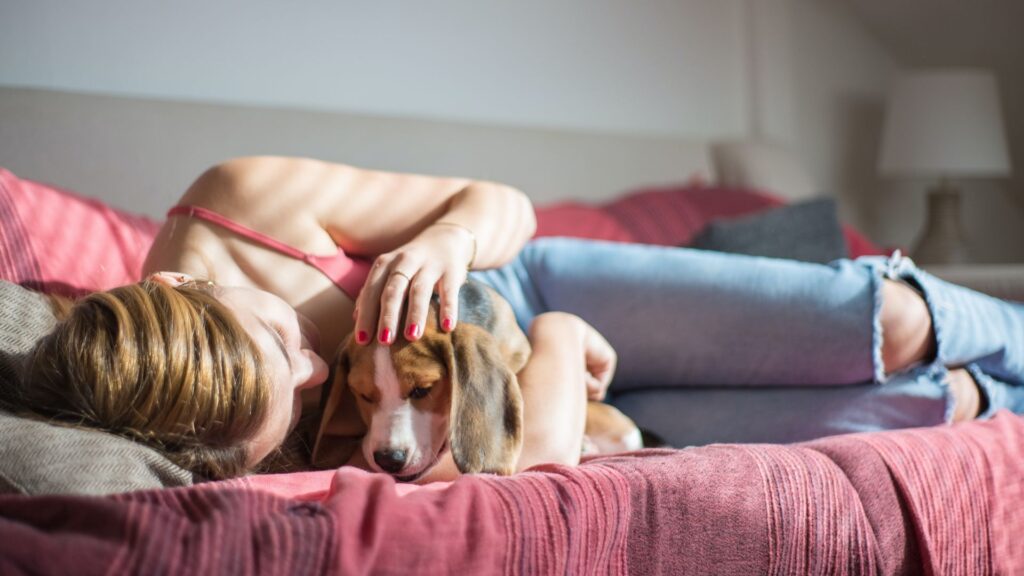
The separation won't be easy for dogs either. They are social creatures and can't bear loneliness well, but if we start teaching them from the beginning that it isn't scary to stay alone for a while and that we will always come back, they will wait for us and look forward to our arrival.
BEGINNING OF ADJUSTING TO SOLITUDE
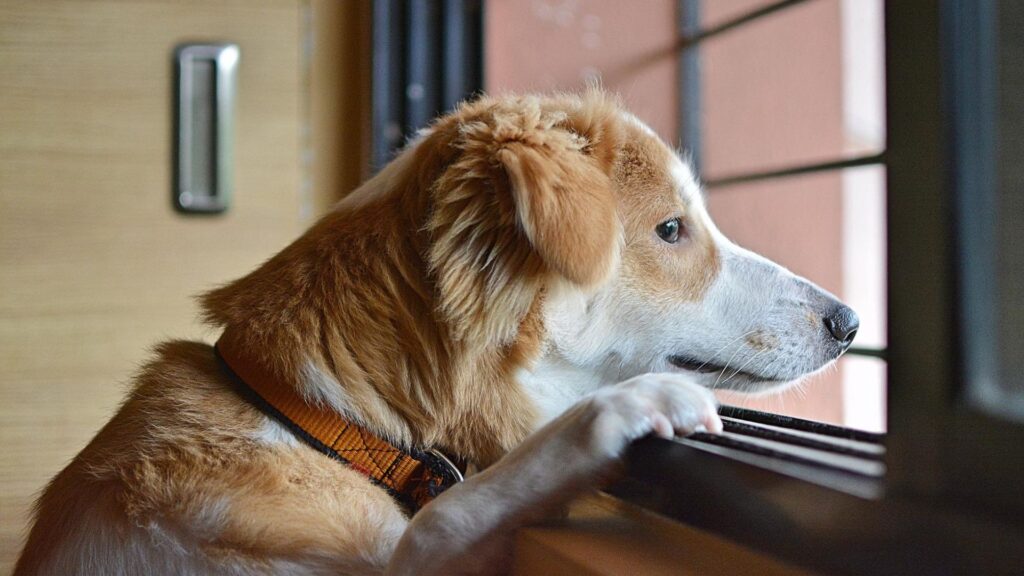
From the first day, we should start accustoming the puppy to solitude in shorter intervals of 10 to 15 minutes, no more than half an hour. The space where we want our dog to spend time while we are away should be fenced off and prepared to make him comfortable and feel safe in it. A bed (lounger or dog mat) to sleep in, a bowl of water, a dog pad, and toys for him to nibble on and play with will be enough to provide comfort while we are away. If the puppy is too attached to us, we can leave him our slippers or some other piece of clothing because the smell will associate him with our presence, and he will feel safe.
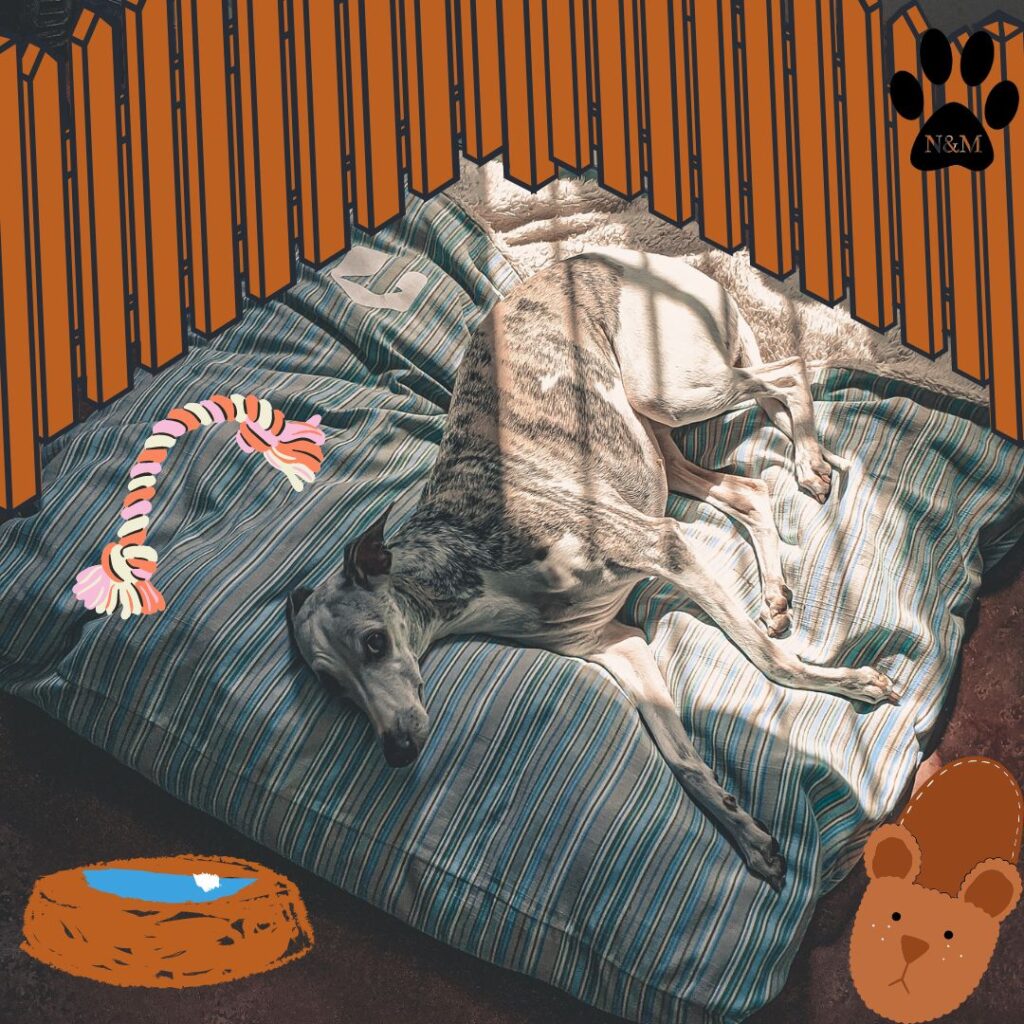
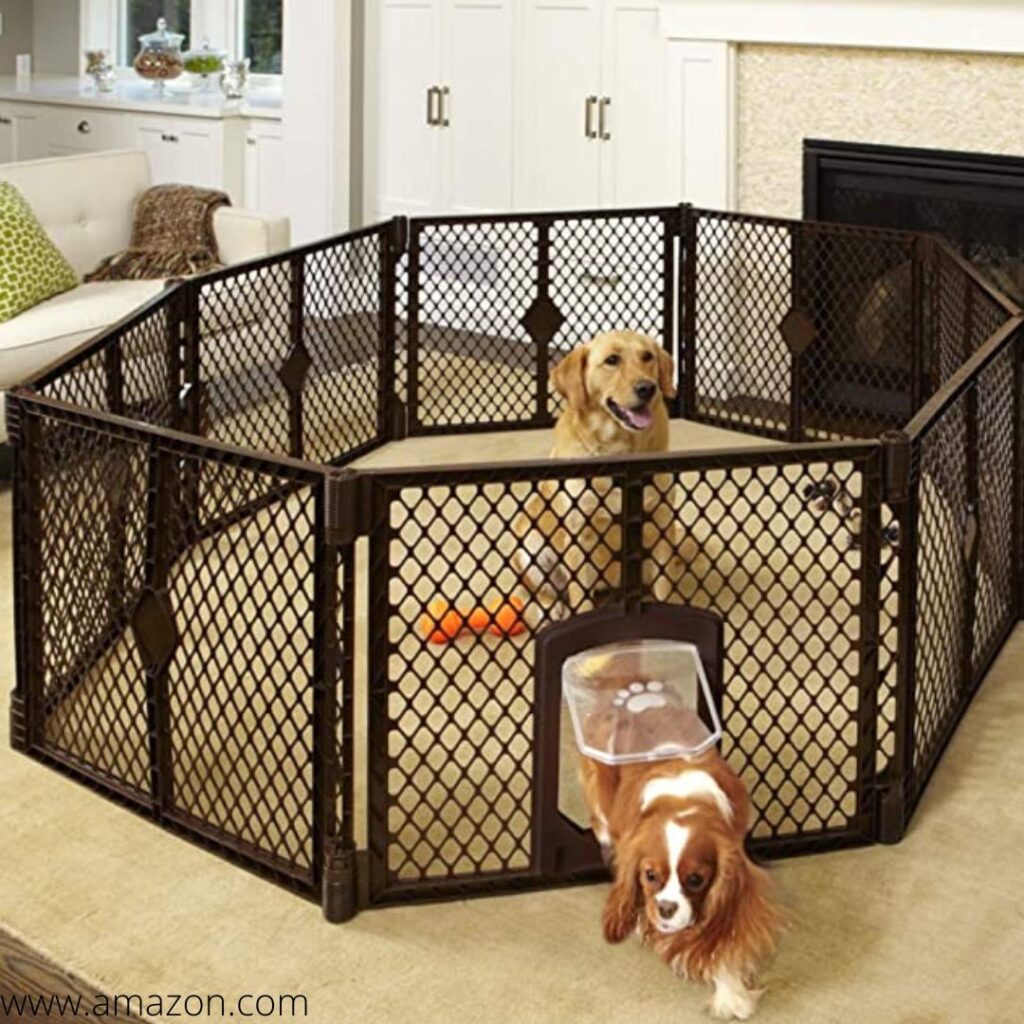

The puppy will try to rebel the first few times he is alone in the fenced space, but this should not discourage us. We will practice with him and show him that his place is nice and safe and that it's enjoyable without us. Every time he enters that place on his own or stays in it without complaining, we should praise him and reward him with kind words or a treat.
We must never put him in that space as a punishment.

ADJUSTMENT
When they start entering and comfortably staying in the place we've set for them, we can gradually extend the time of solitude. Puppies up to 5 months old should not be left alone for more than 1.5 hours, and over 6 months old up to 3, maximum 4 hours. If we leave food next to them, we can slightly extend the time they spend in their “box”.
ADVICE FOR EASIER STAY IN THE FENCED SPACE
It would be good to take the dog out for a walk or to tire it out by playing before locking it in the fenced space. “Catching the ball” for 10-15 minutes will be enough to tire the smaller dog. It will sleep most of the time and staying alone won't be too stressful. Some relaxing music will also be great because it will help our pet to be calm and relaxed.
RETURN
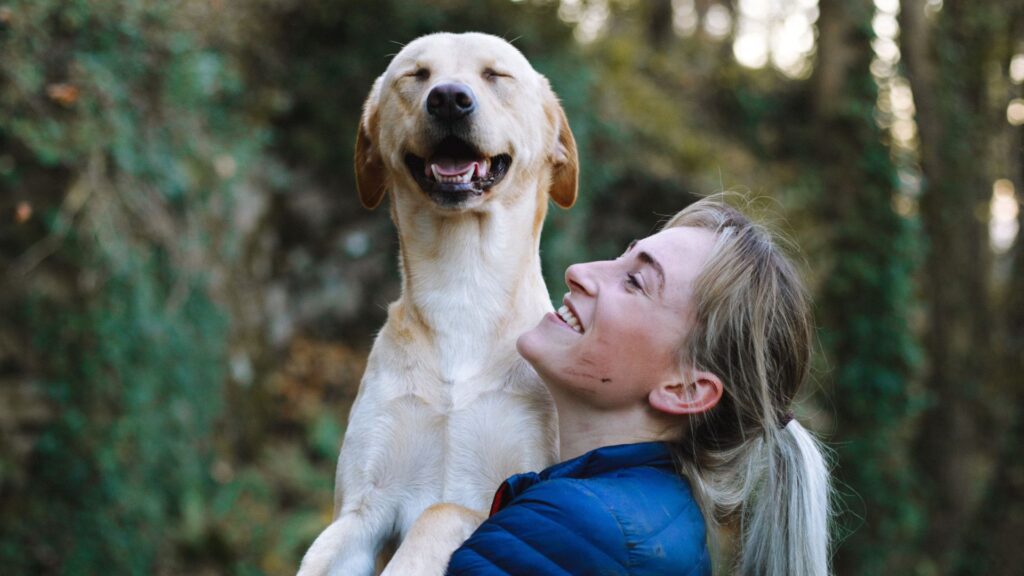
It is difficult to describe how much the dog is looking forward to our return, but, certainly, it will transfer its positive energy to us. We will feel much better regardless of whether we arrived home tired or in a bad mood.
We must not criticize the dog if we notice that it has done something bad in our absence because he will not understand why we are scolding him. We just need to clean it if, for example, he has torn something, or scratched it, and when we catch him "in the act", then we will warn him not to do that again.
If we properly teach and adjust the dog to solitude, it will very quickly accept our lifestyle and will not show signs of separation anxiety.
In the comment, you can write how long it took your dog to get used to being alone.


